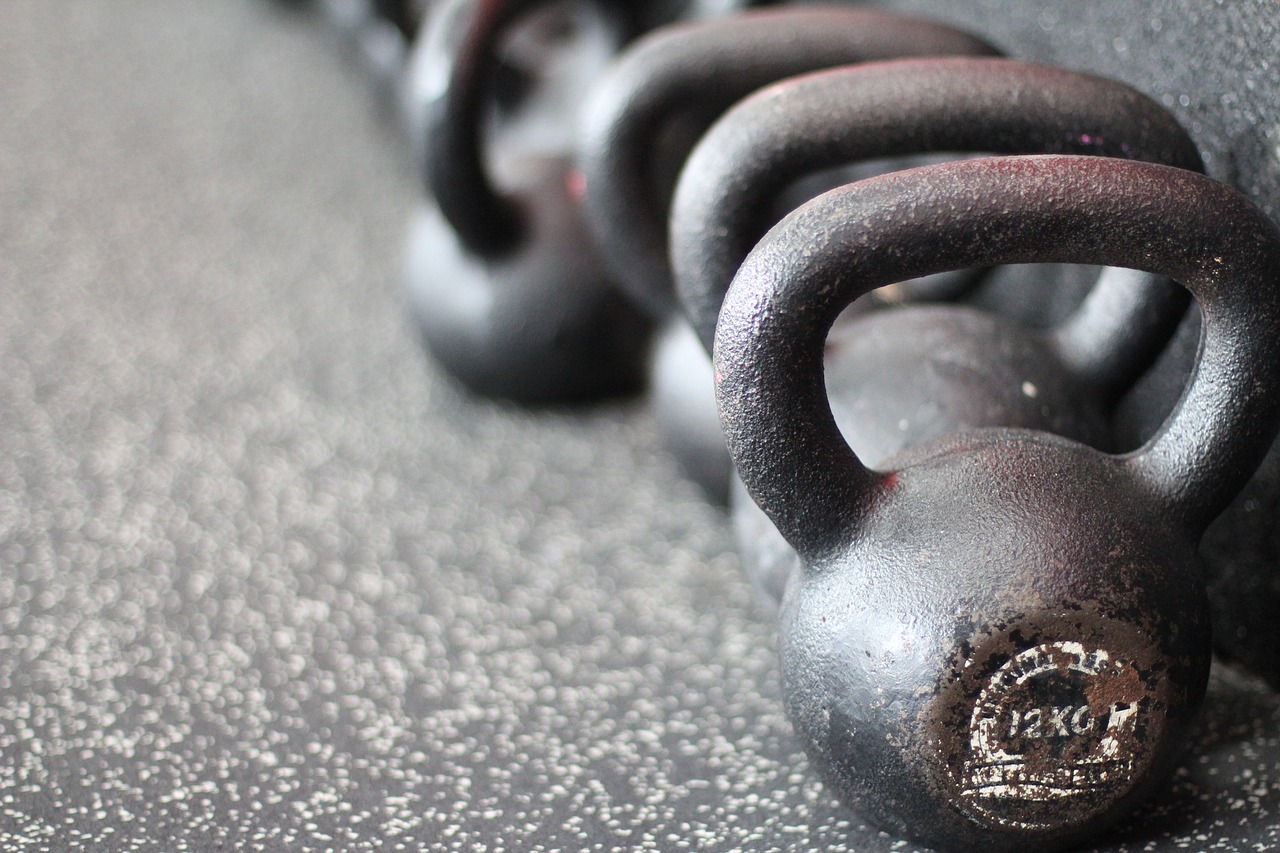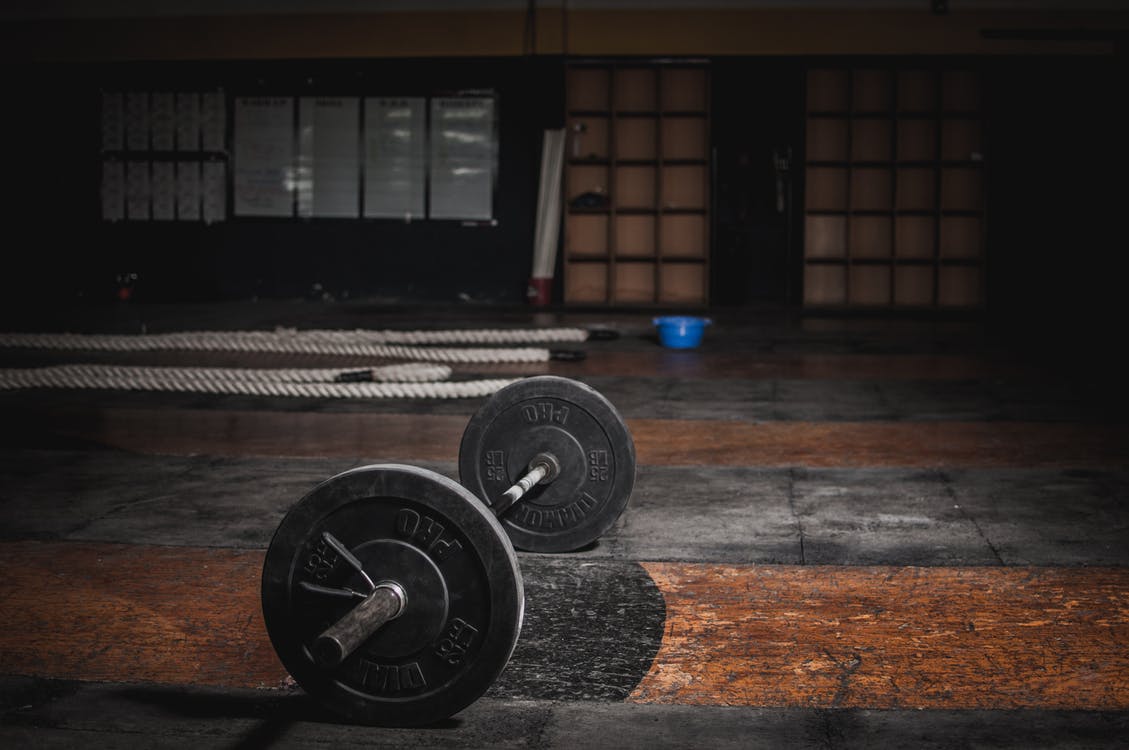Female athletes are significantly more at risk for ACL injuries than male athletes. Depending upon the study you read it could be as much as 11-18 times more likely. There are a number of theories about this such as hormonal differences impacting the strength of the ligaments and width of the female pelvis impacting the knees. For a while now, there has been the suggestion that one of the culprits may be the hamstrings combined with landing mechanics during jumping. Traditionally, female athletes have less experience with strength training and plyometrics which could impact both things.
With this in mind, Wild et al had a study published in the March issue of Medicine and Science in Sports and Exercise looking to see if there was a relationship between hamstring strength and landing mechanics.
The authors studied 33 girls who age ranged from 10-13 years. Their isokinetic hamstring and quadriceps eccentric and concentric strength was assessed. Based upon these results, the subjects were divided into a lower strength group or a higher strength group. The higher strength group had a peak quadriceps torque that was about 4% higher than the other group, but the hamstring torque was almost 67% higher for the high strength group.
The girls then performed 5-7 horizontal leaps, where they jumped from two feet and landed on one foot. Kinematics, ground reaction forces, and EMG activity were recorded.
The results are interesting:
• The lower hamstring group had a greater peak ACL force at the time of peak anterior/posterior ground reaction forces than the higher strength group.
• Girls with lower hamstring strength experienced more knee abduction in the frontal plane at the time of peak vertical GRFs and peak anterior/posterior GRFs.
• The lower strength group displayed less knee external rotation at the time of initial contact and knee internal rotation at the time of peak anterior/posterior GRFs as well as more hip external rotation at the time of peak anterior/posterior GRFs.
When reading the results, the age of the subjects should be kept in mind. However, it appears that subjects with a lower concentric hamstring strength land differently than subjects with greater hamstring strength, which could increase an athlete’s potential for suffering an ACL injury.
Wild, C.Y., Steele, J.R., and Munro, B.J. (2013). Insufficient hamstring strength compromises landing technique in adolescent girls. Medicine and Science in Sports and Exercise, 45(3): 497-505.



